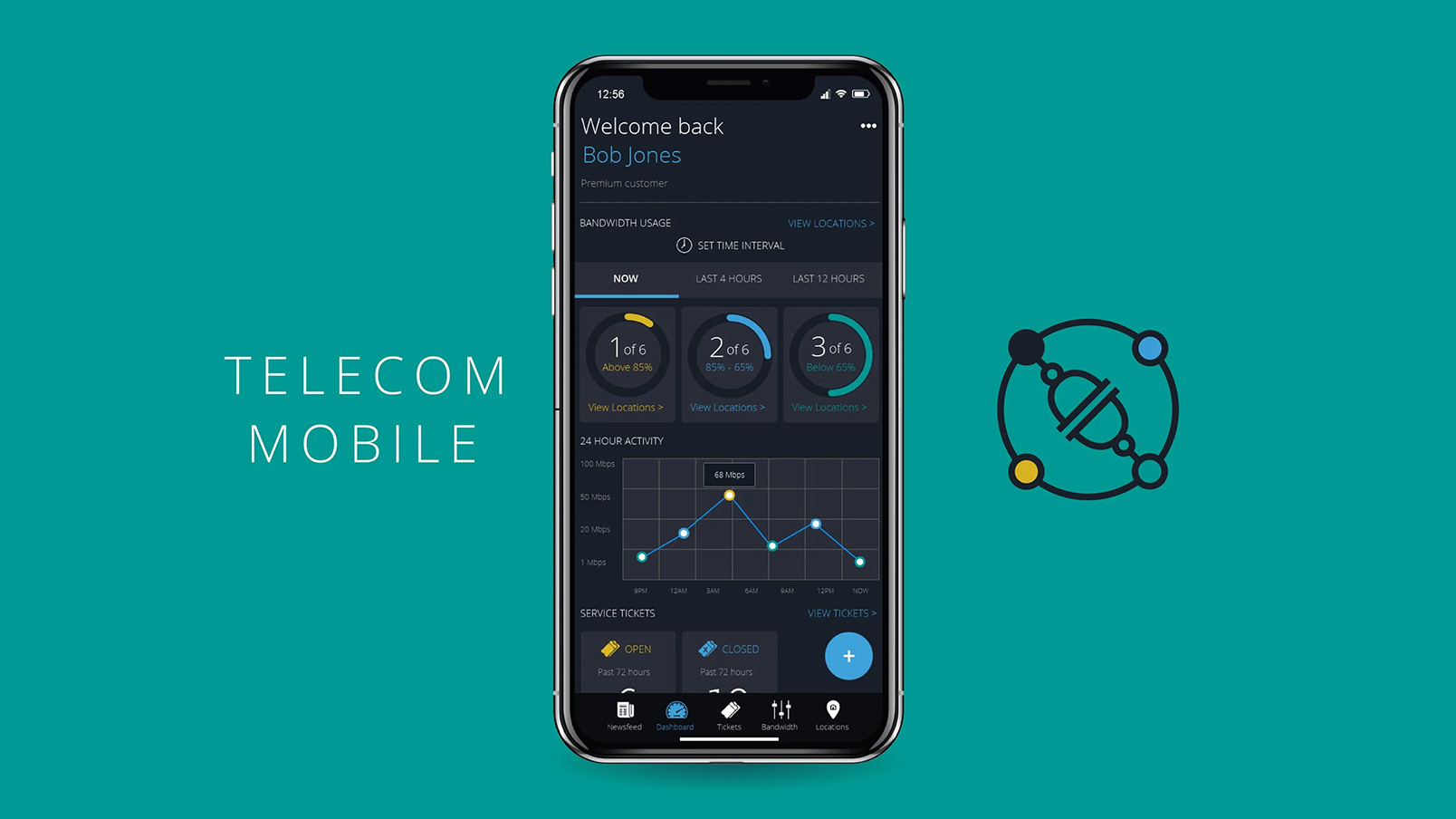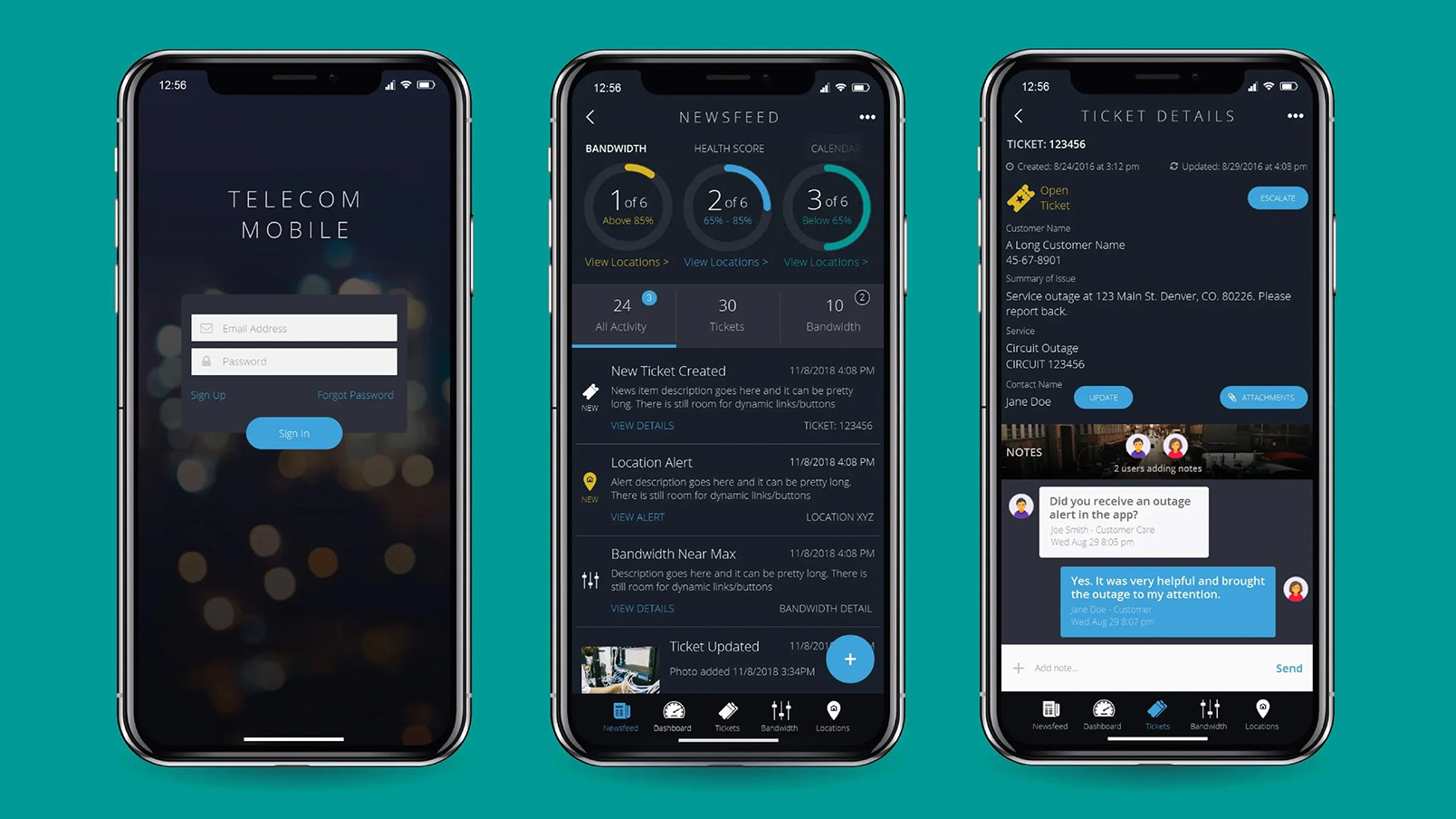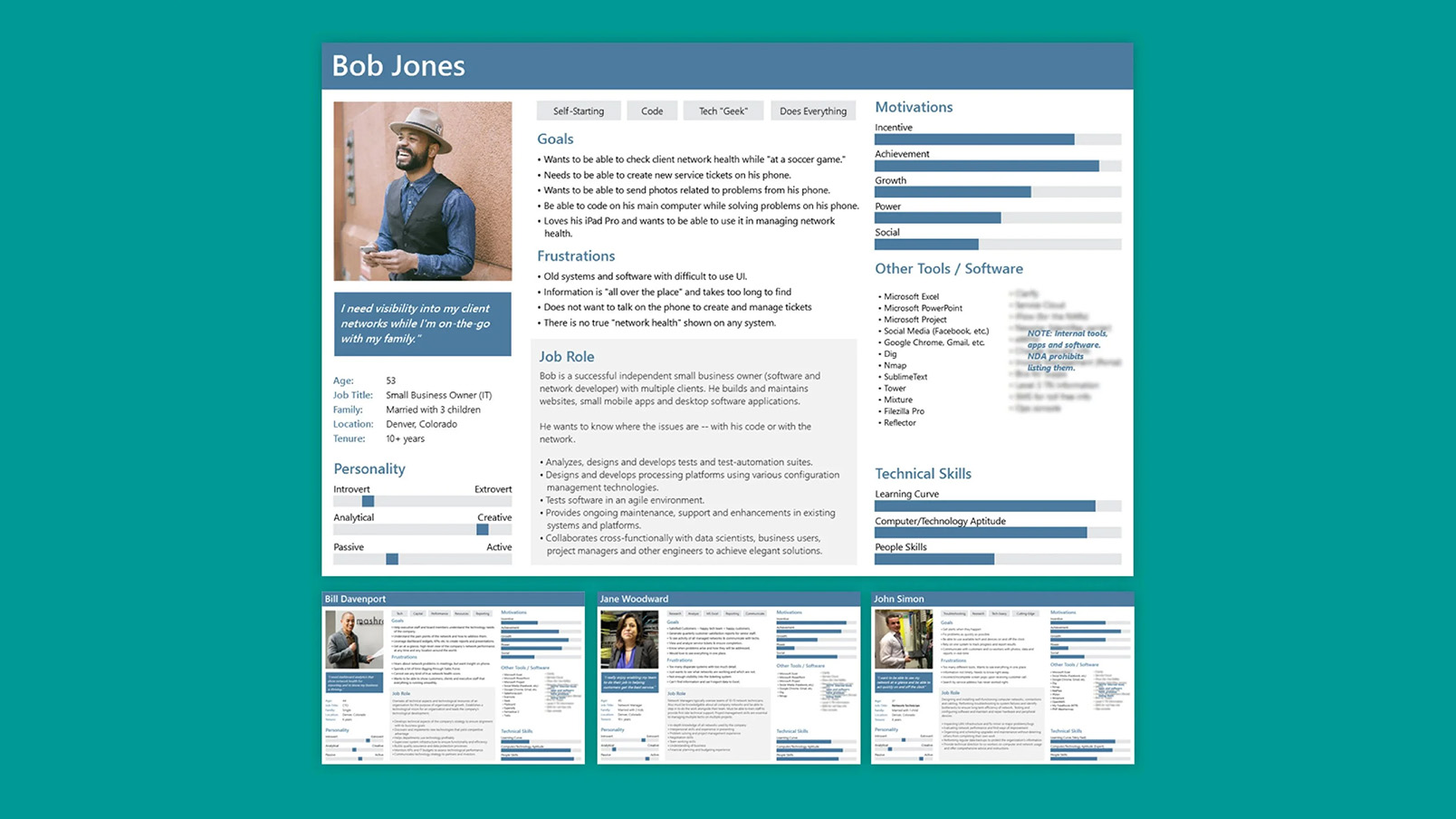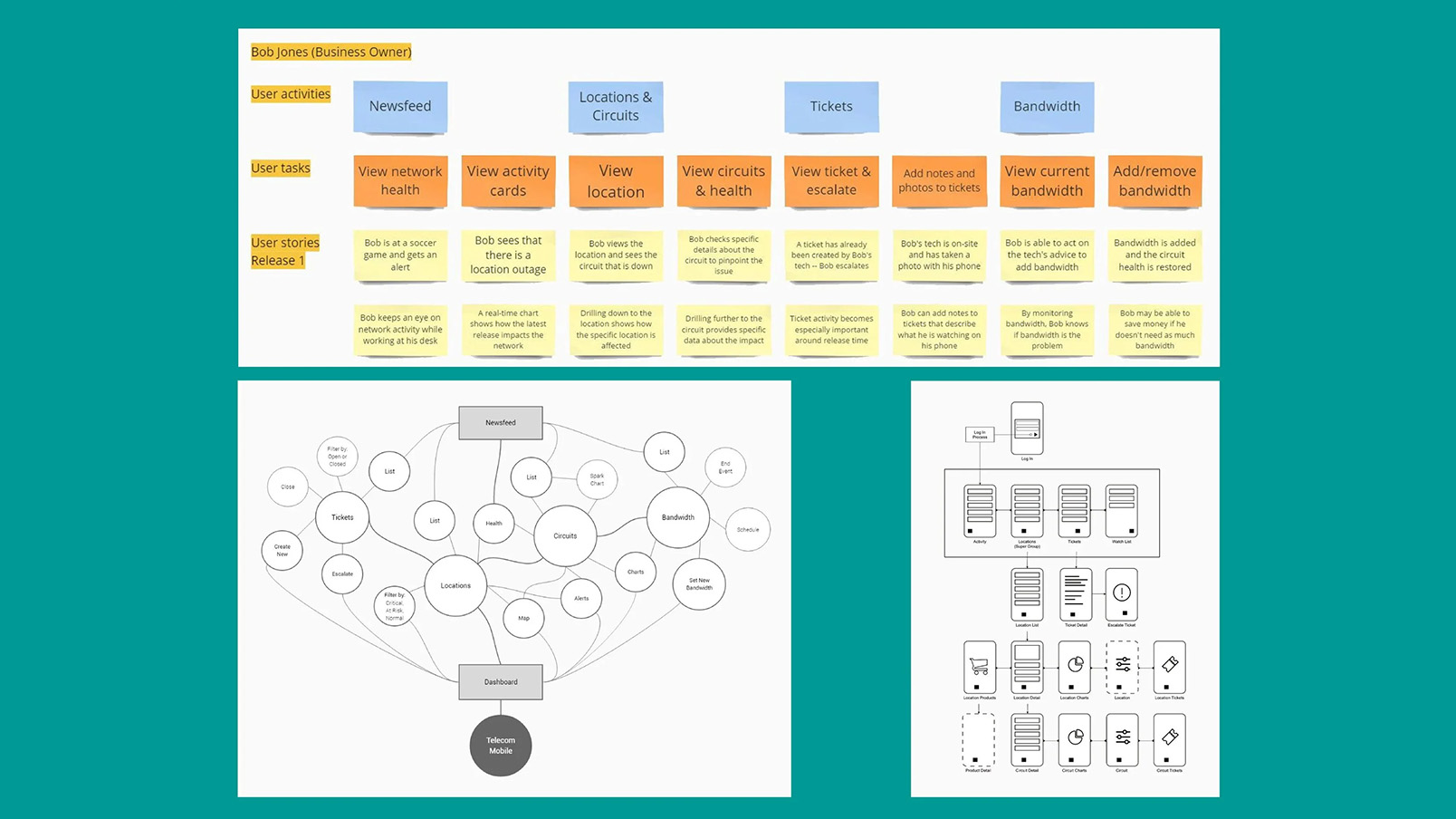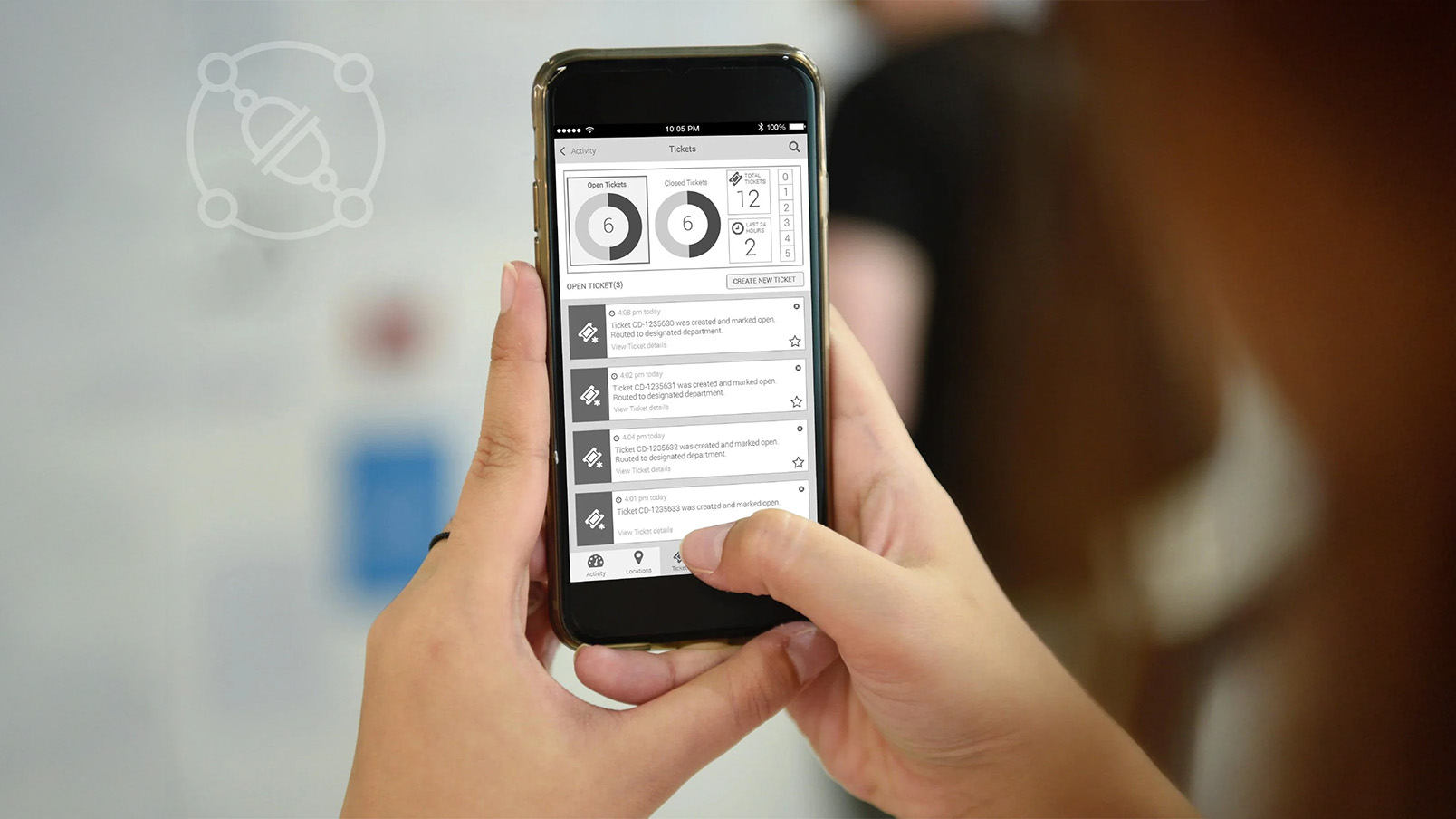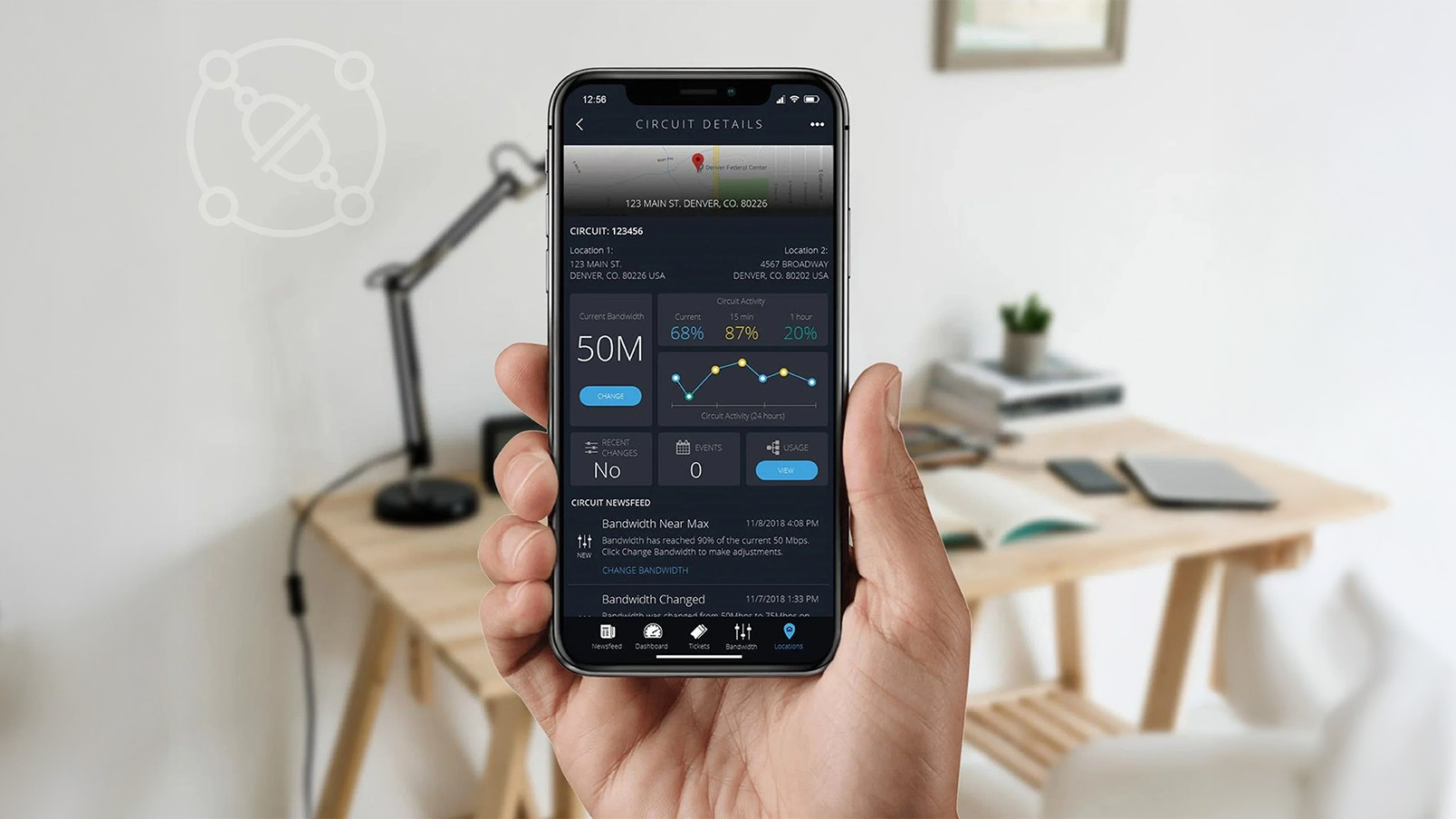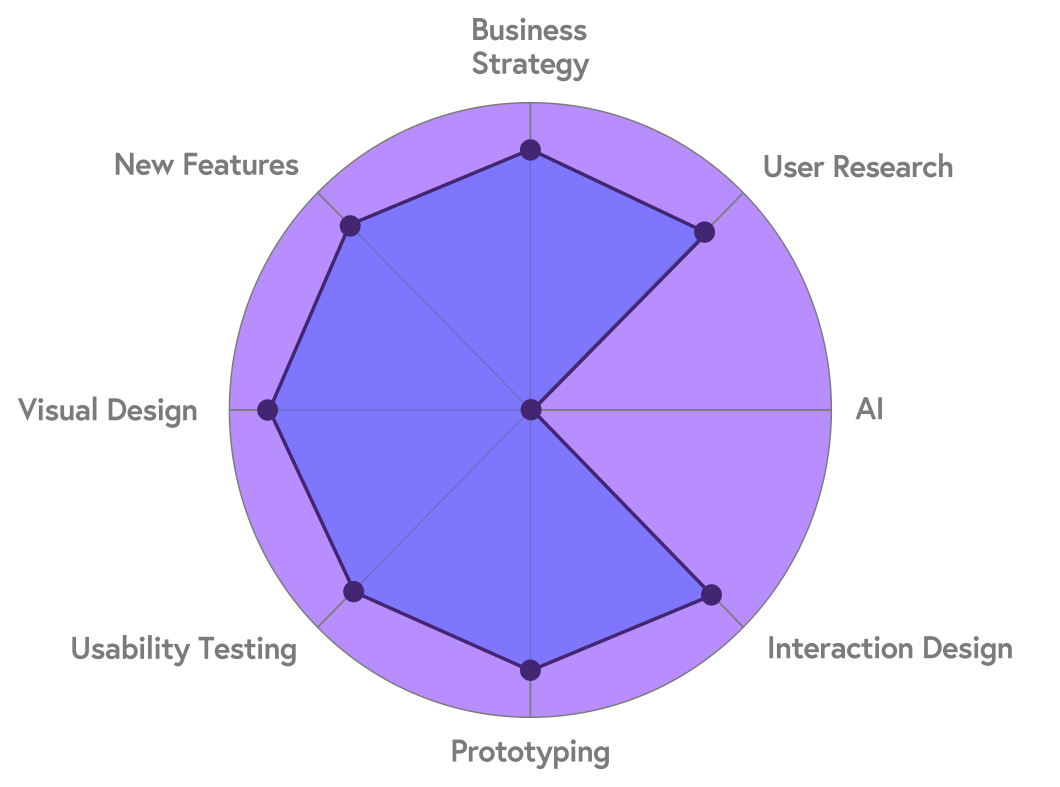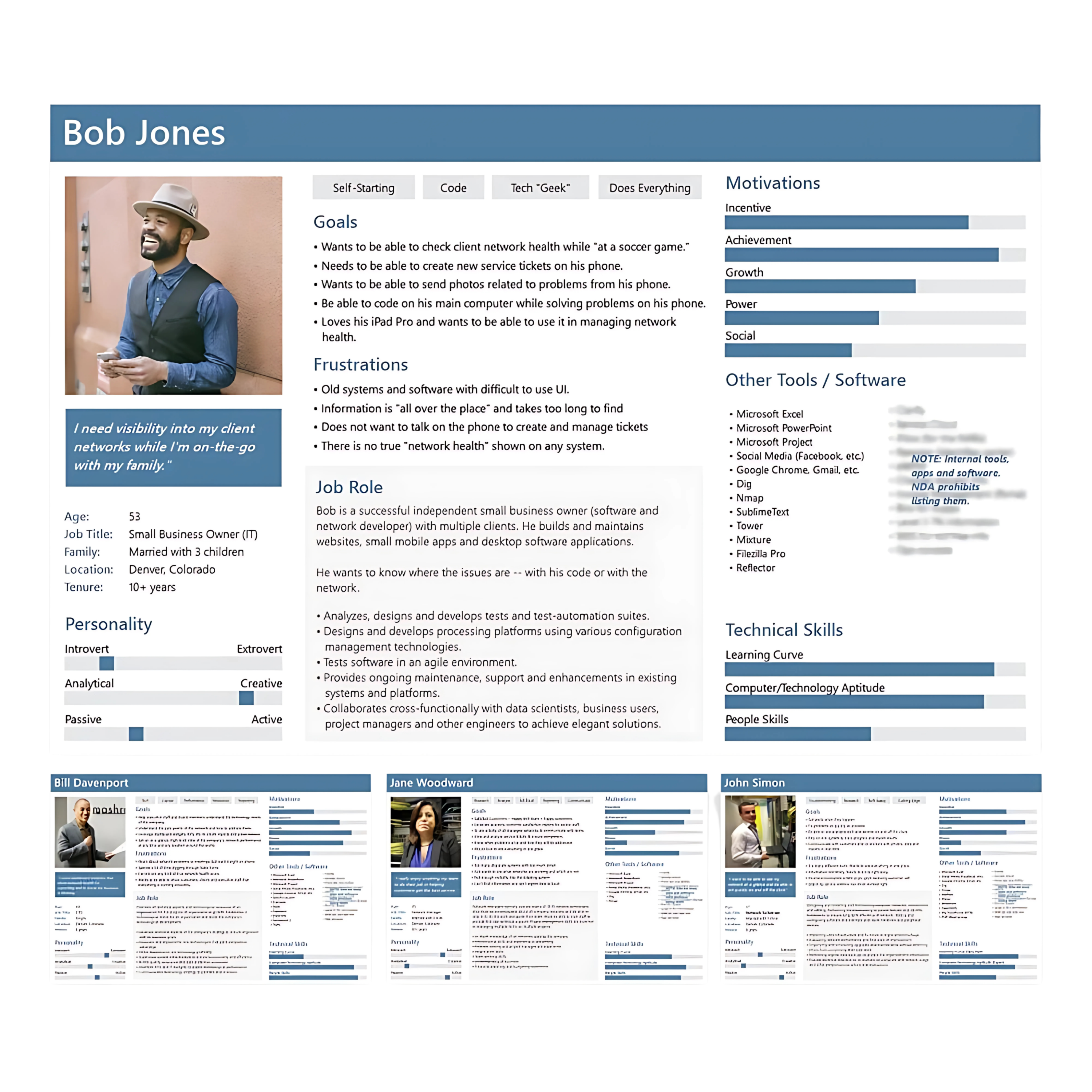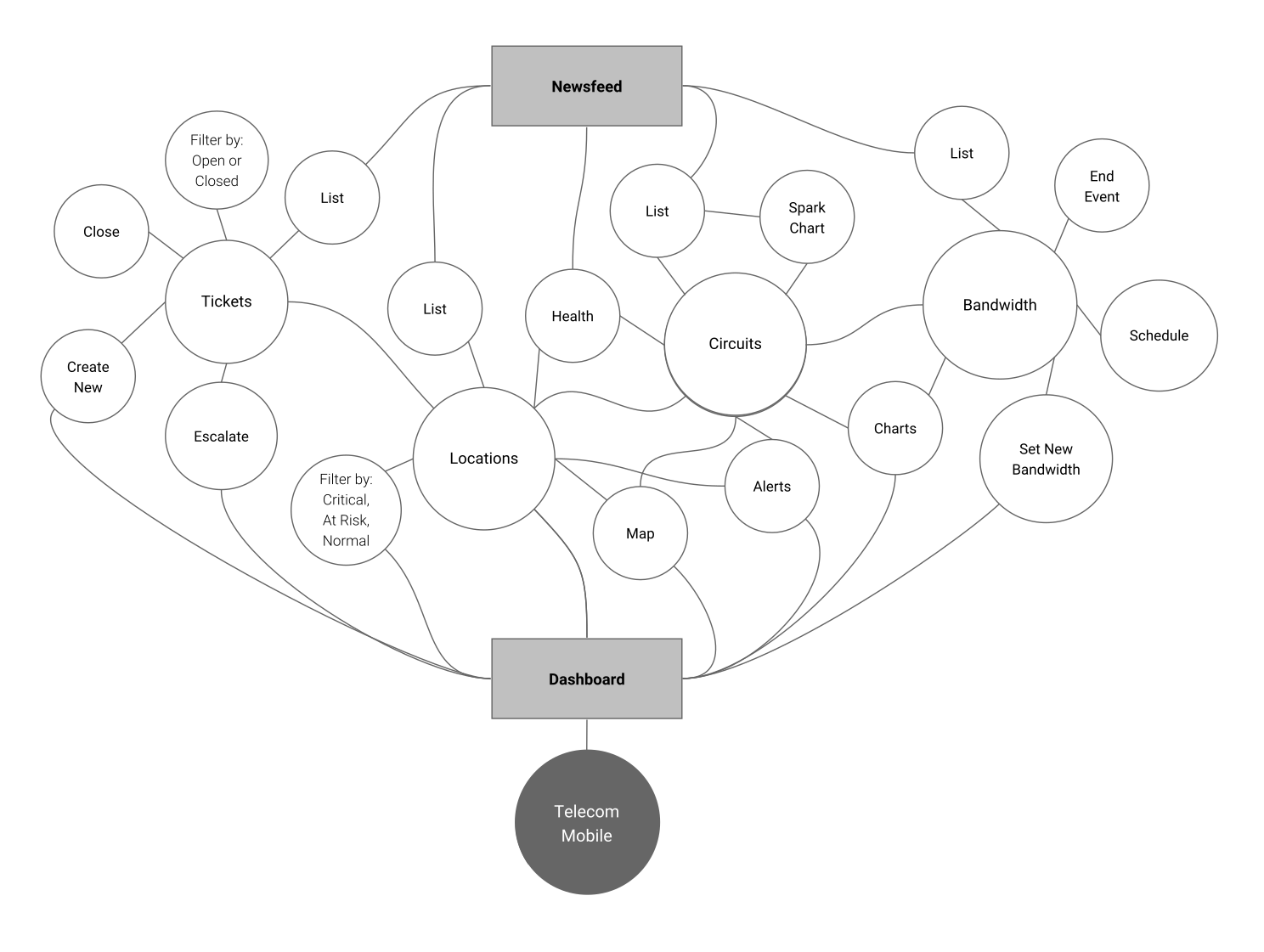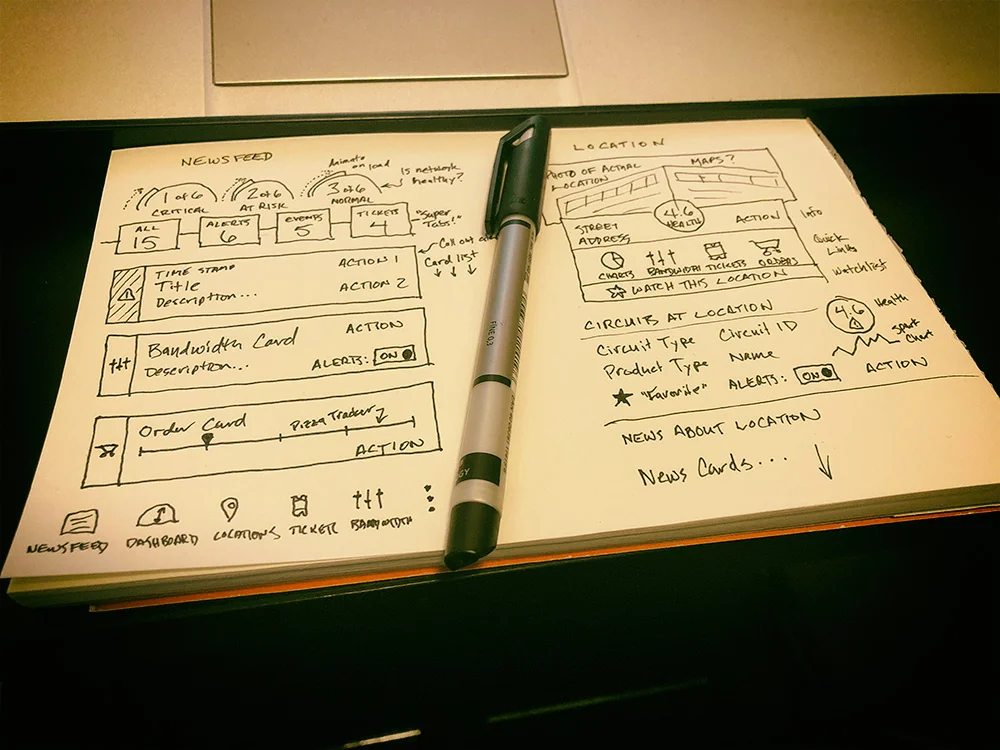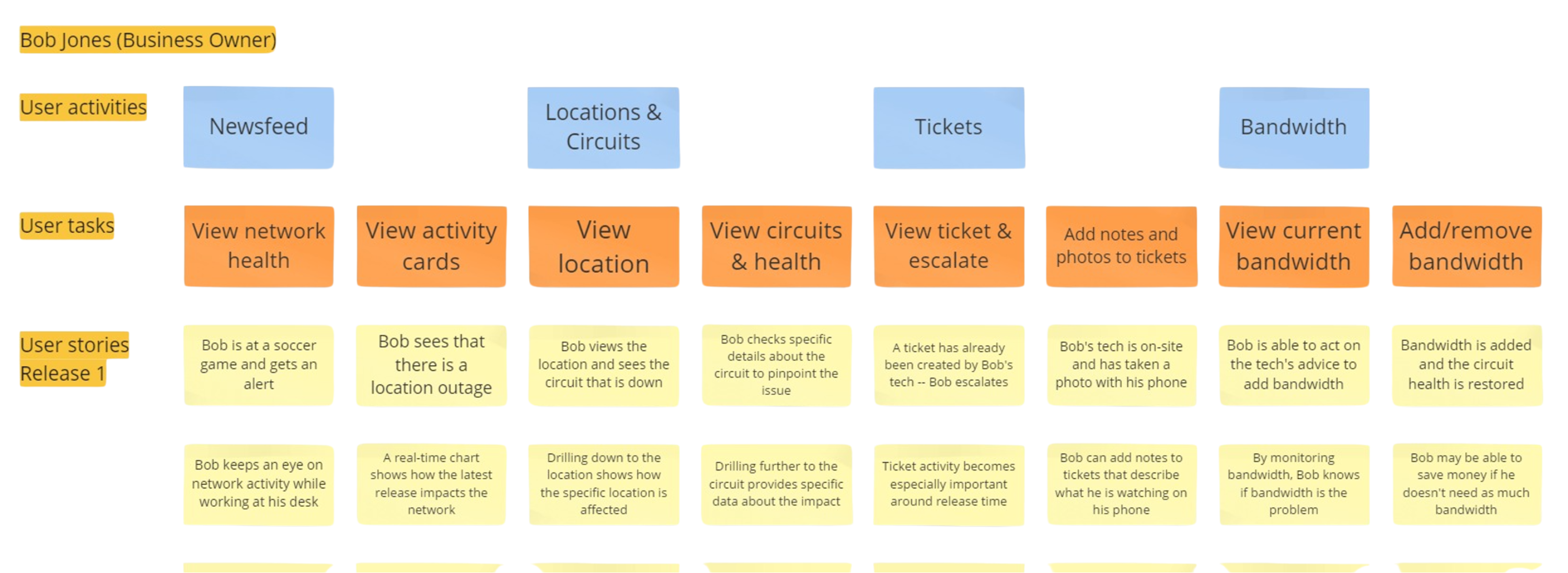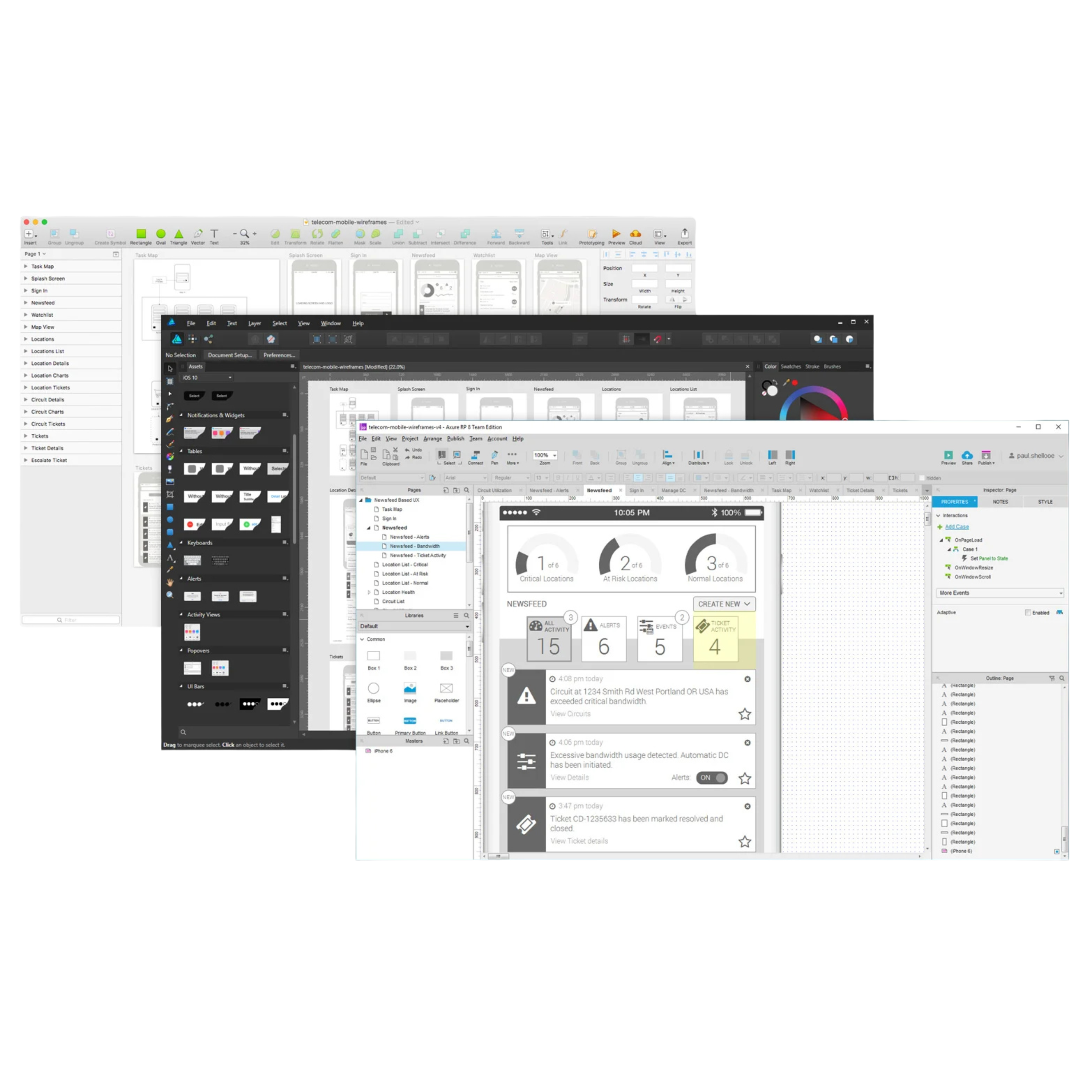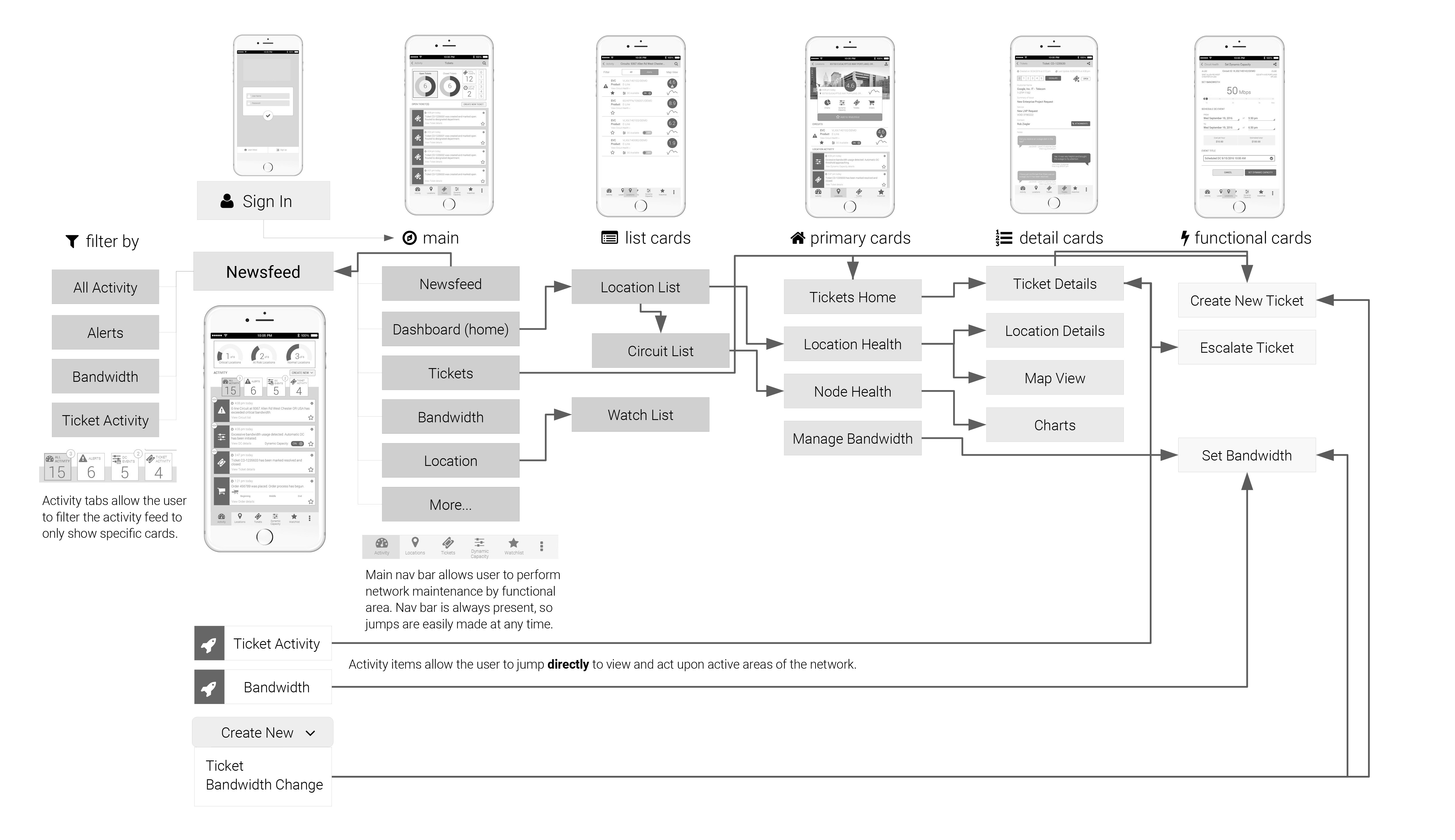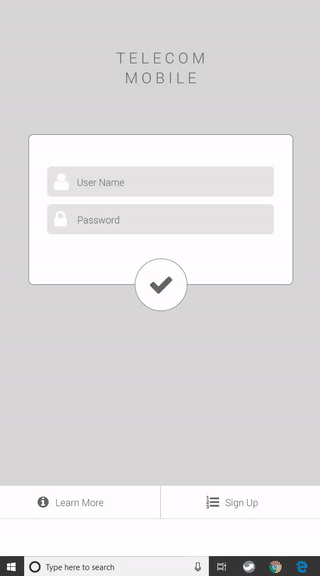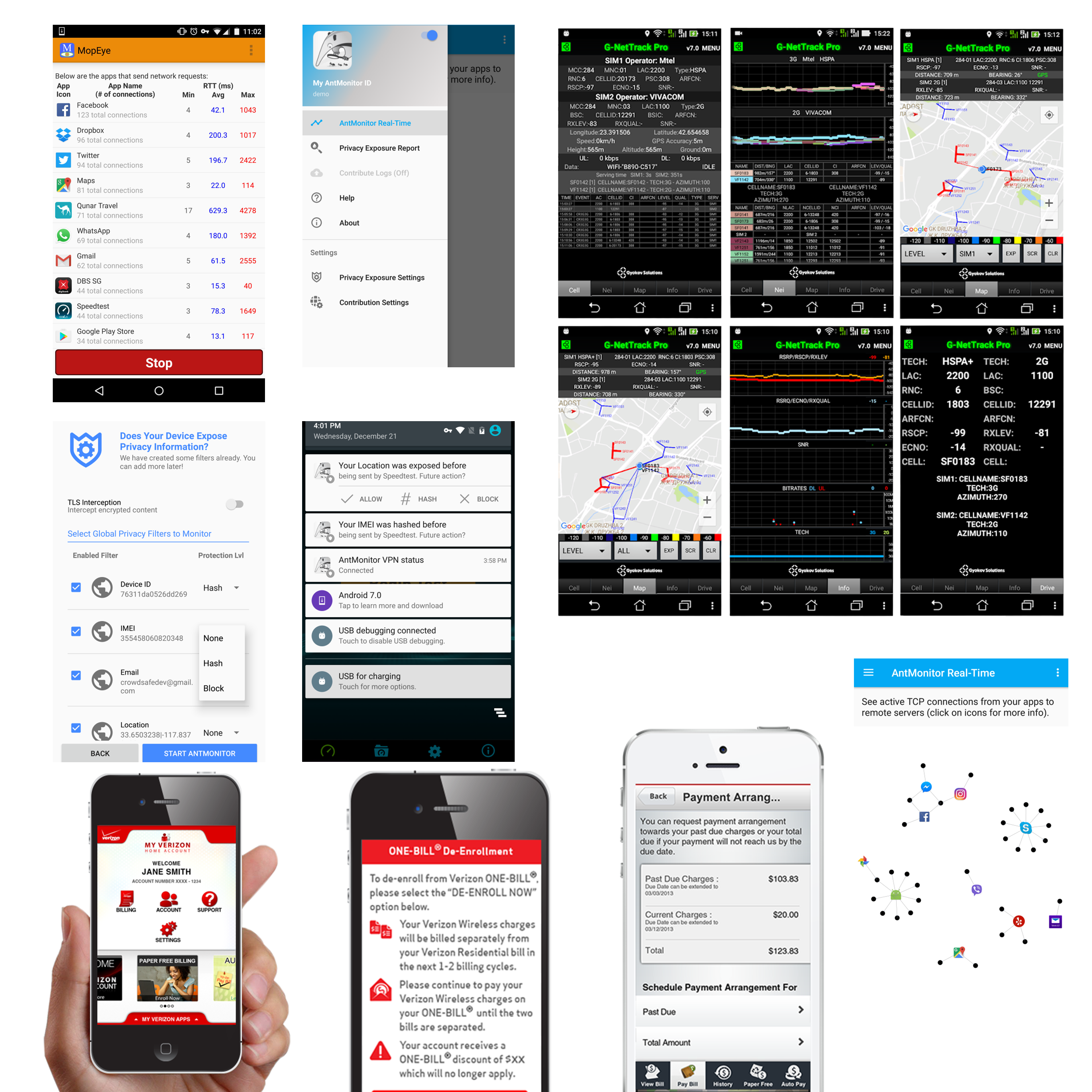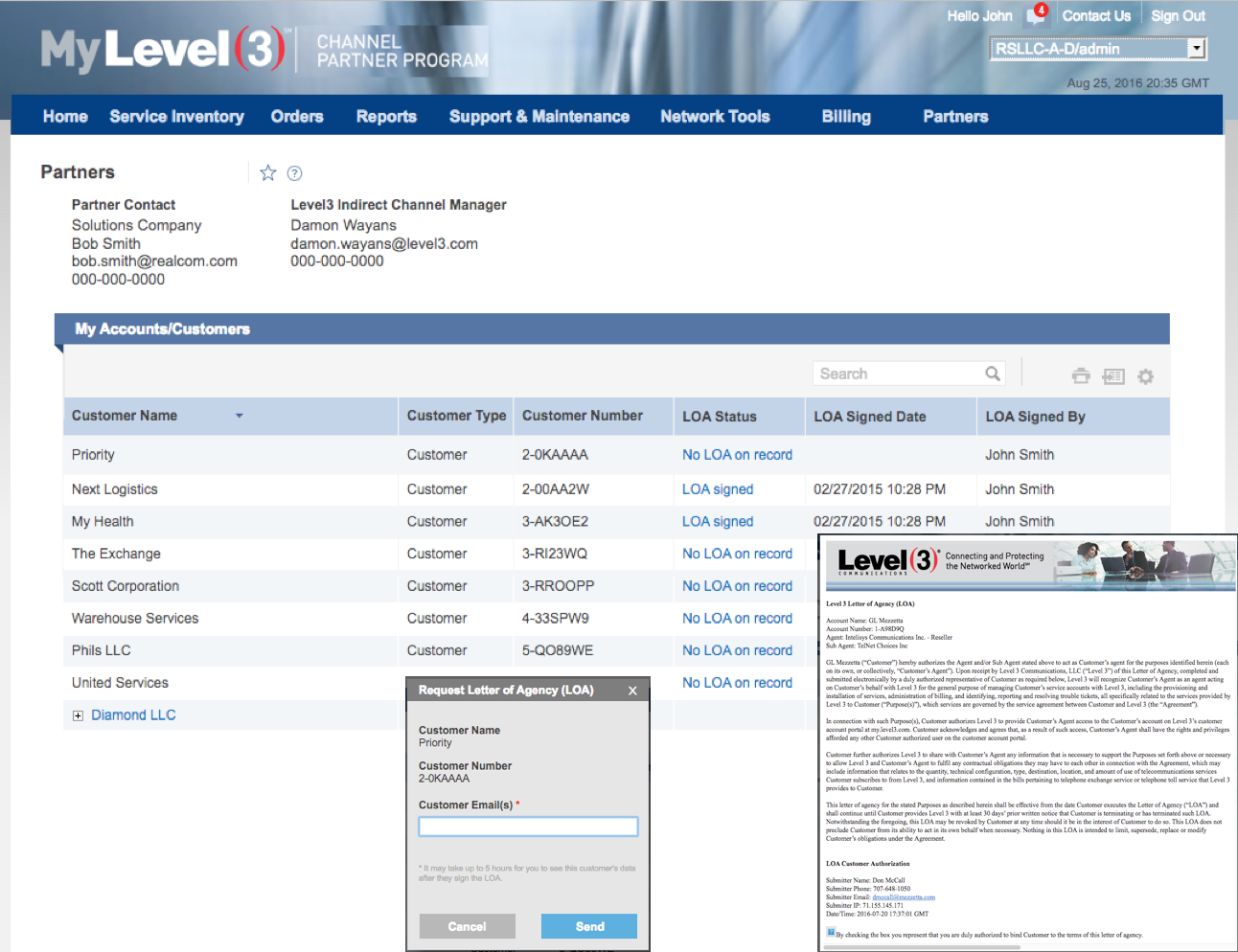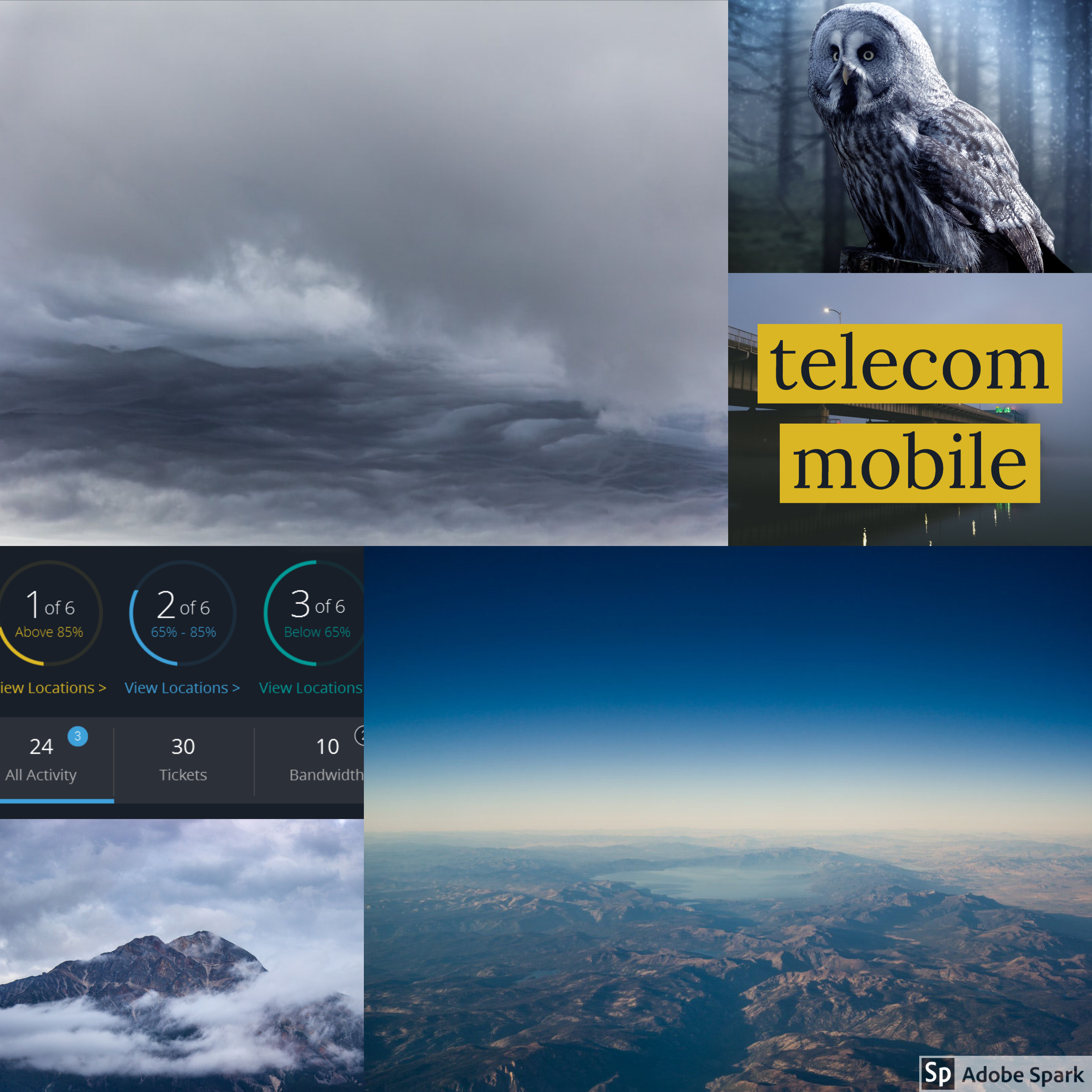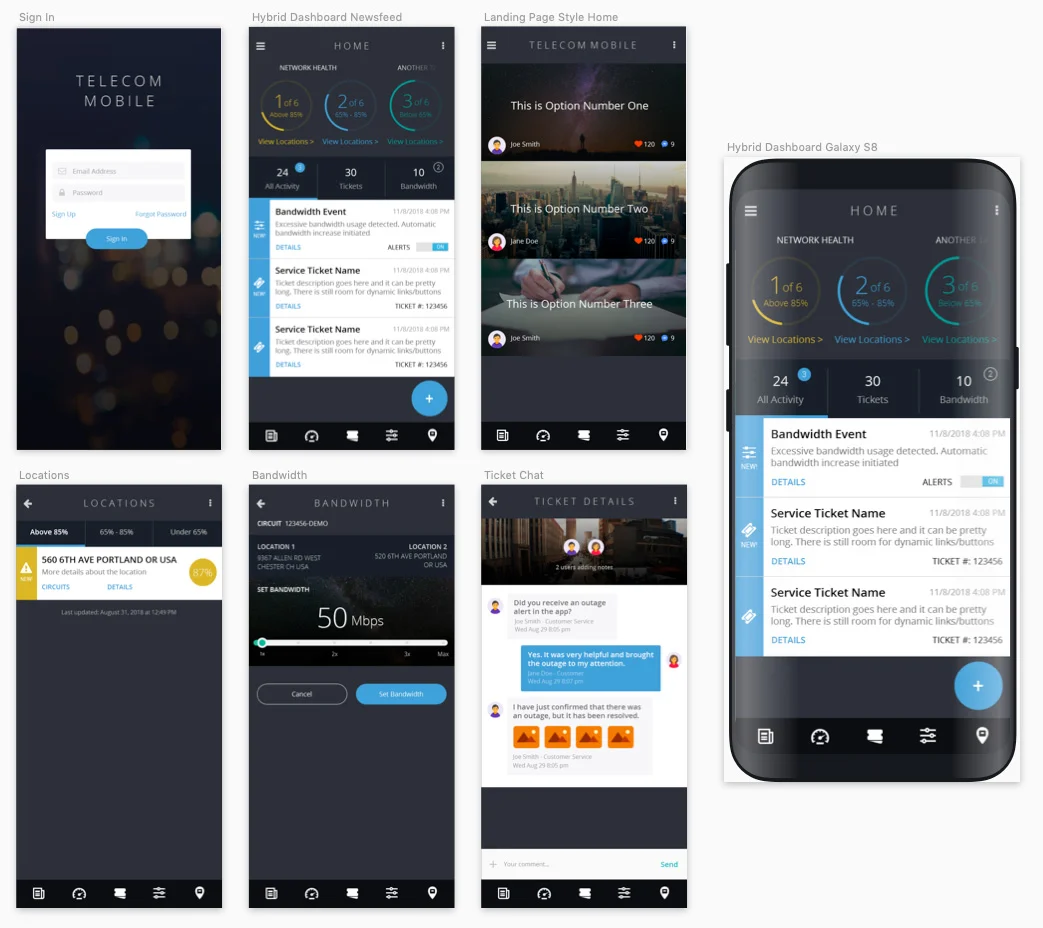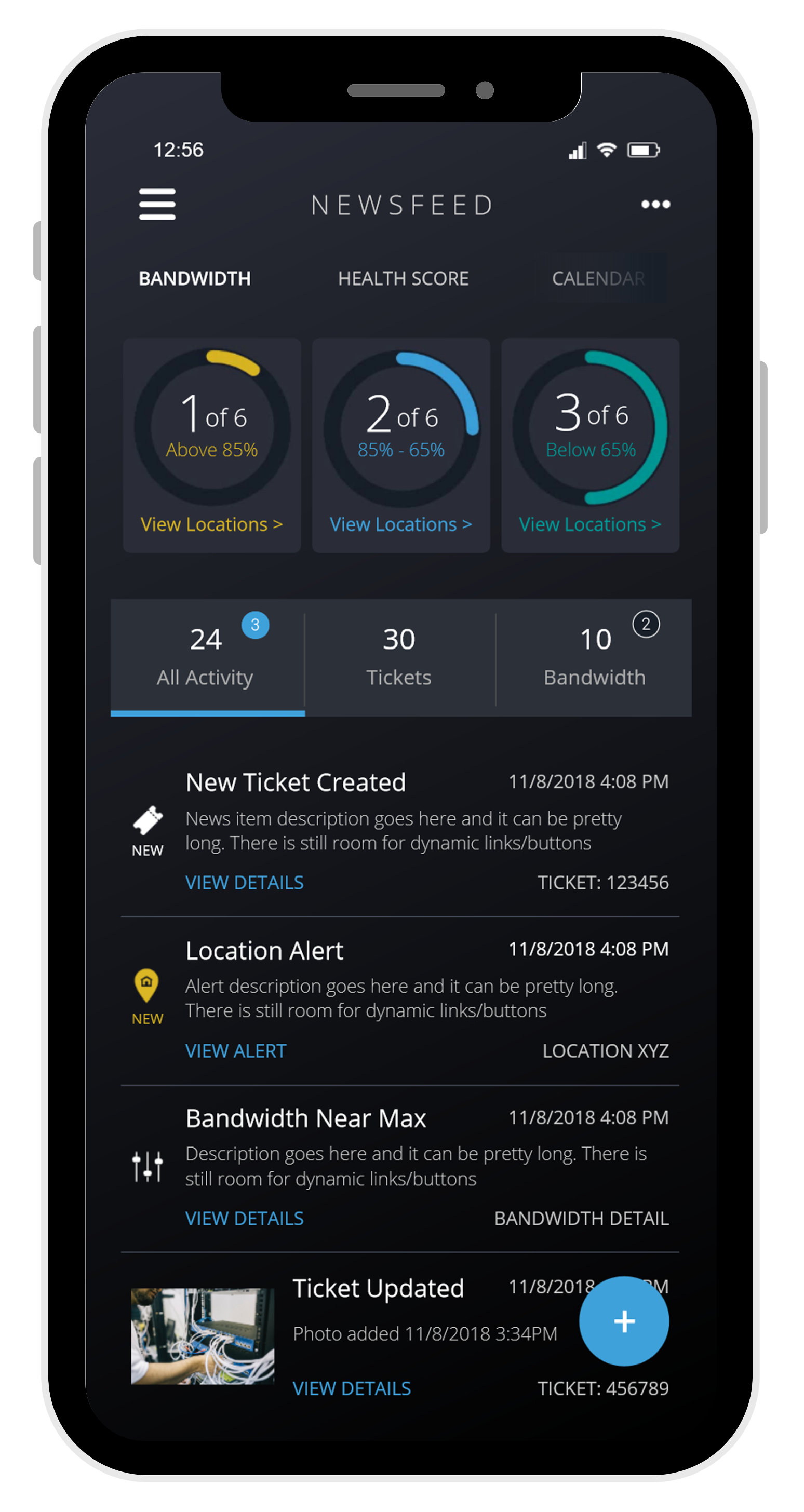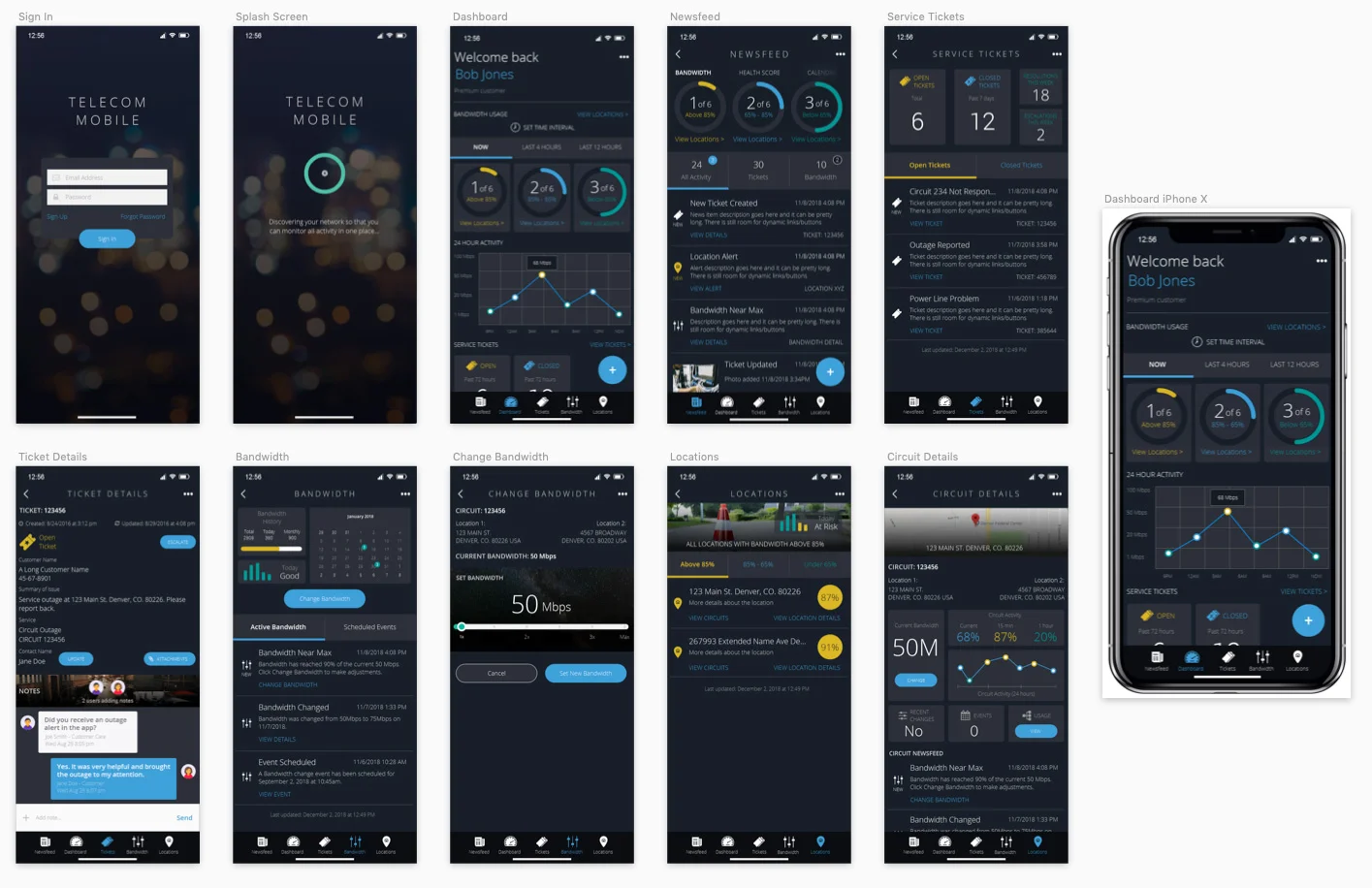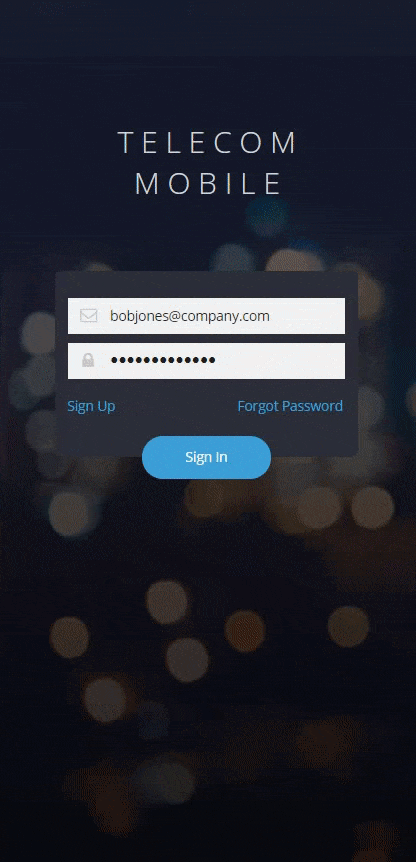Competitive Analysis
In 2016, the competitive landscape for mobile apps in the telecom space was surprisingly thin,
especially for large-scale network monitoring. Most Tier 1 telecom providers were still relying
on desktop portals and legacy dashboards, leaving their mobile offerings limited to basic
account management, billing, and customer support. True dynamic network monitoring—real-time
visibility into circuits, bandwidth utilization, and incident tracking—was rarely extended to a
mobile experience. Instead, IT managers and business owners were expected to log into complex
web portals from their laptops, which often lacked responsiveness and created friction for
on-the-go decision making.
A few early movers, such as AT&T and Verizon, were experimenting with network visualization
features in their enterprise apps, but these tended to be shallow extensions of web tools rather
than purpose-built mobile solutions. None of them provided a cohesive, real-time workflow that
combined health monitoring, ticketing, and bandwidth management in one place. This gap
highlighted an opportunity: by delivering a mobile-first experience tailored for business
owners, the Telecom Mobile app could leapfrog competitors. The goal was to create an interface
that wasn’t just a scaled-down version of a portal, but a dedicated tool that gave users
actionable insights into their networks from anywhere, at any time.


